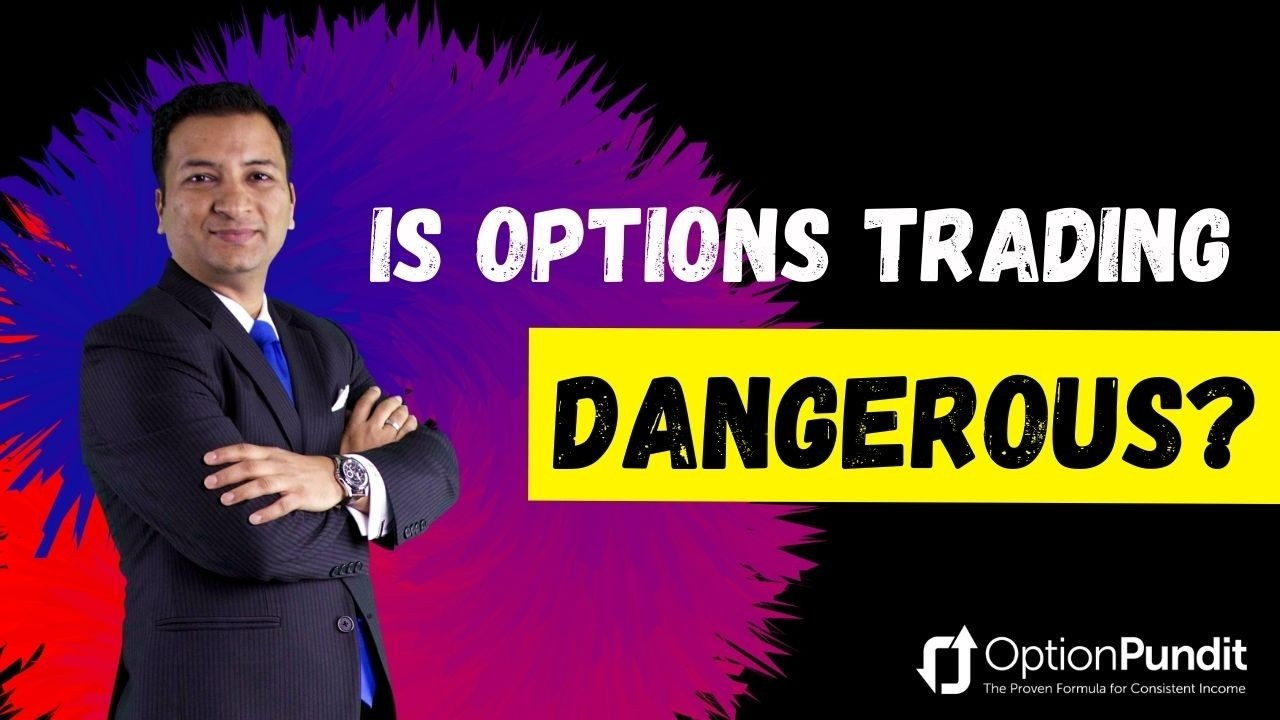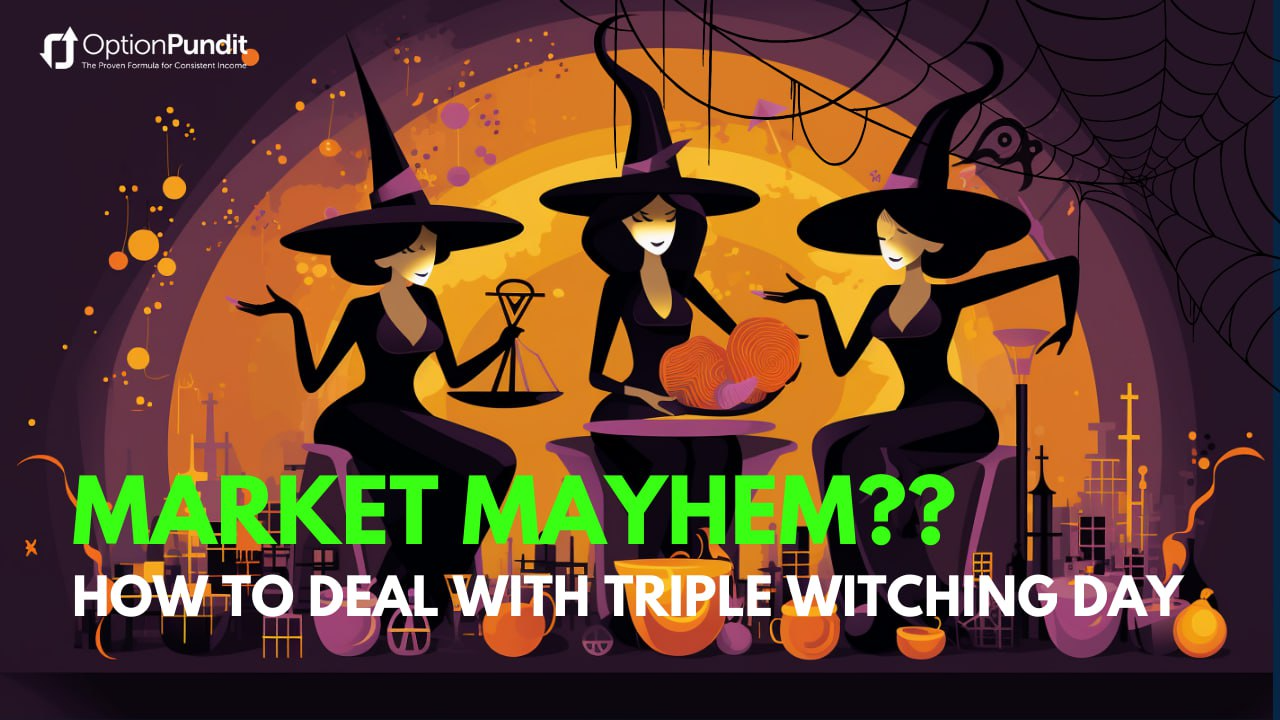
It's a human tendency to cross-check whenever we encounter something new, whether if it is dangerous, read up reviews on it before giving it a try.
It is even more human nature to assume everything unknown to be dangerous. This could be a good habit and it can definitely save us from certain disasters.
However, how we come to the conclusion that something is dangerous matters a lot. Turning away from new knowledge simply because you assume it’s dangerous is no way to make you a better trader.
In order to be a successful and sustainable trader, we need to have an open mind to explore various financial tools and make the best use of them.
1. Simple doesn’t mean safe and complicated doesn’t mean dangerous
Most people have at least tried buying stocks by themselves; few have considered adding options to their list of strategies.
In 2020, when the stock market was ripping crazily, even people with zero to little investment experience opened their first trading accounts and started to buy shares.
The reason is simple because the concept of buying shares is simple.
For example, if you like Tesla or Elon Musk, all you need to do is to search for the stock ticker TSLA at your brokerage platform and click on buy.
Since for U.S. shares, one lot is 1 share, you can argue your risk exposure is not much because you only bought a few shares. You know clearly if the share price goes up you make money, and if the share price goes down you will lose money.
However, rarely do you hear people who have little options trading experience open a trading account and start to trade options.
Well, you definitely need to know how the option works before you can trade options. That’s not what I want to discuss here. Granted, trading an option is more complicated than buying or selling a stock. Nonetheless, being simple doesn’t mean it’s safe, and being complicated doesn’t mean it’s dangerous.
Imagine if you’re holding 100 shares of Apple which you bought at $120. Regardless of your belief in Apple, your total risk exposure is $12,000.
Did you know that with an option, to have the similar effect of holding 100 Apple shares, your risk exposure can be reduced to $700? Is it dangerous with the introduction of options or is it not really the case?
2. If you are buying an option, your risk is pre-defined
While the option is a beautiful tool with which you can construct amazing strategies, in this article I will assume you have little options trading background and will use some basic options concepts and explain to you why trading options are no riskier than trading stocks. In fact, it’s far less risky.
When you are the buyer of an option, you will know your maximum loss before you place the trade. Below is the characteristic of buying an option shown in Figure 1 and Figure 2. I will use two examples to give you a better perspective.
Buy a Call to benefit from a bullish move
- When you are holding a bullish view of an underlying and want to benefit from the bullish move with limited risk, instead of buying the shares directly, you can buy a Call option.
- For example, stock A is traded at $68.5 and you want to buy 100 shares of stock A because you hold a strong belief that it’s going to rise higher.
- You can also buy shares directly, which will cost you $6850.
- What if you only have $5000 in your account? Even though your broker will give a buying power of more than $5000 if it’s a margin account, is it good risk management to allocate 137% of original capital to a single counter?
- For the same objective, but with a more risk-managed approach, you can buy one contract of Call option instead at $1.5/contract.
- Since one contract of option controls 100 shares of stock A, your maximum risk is $150.
- The risk profile is exactly what is shown in Figure 1. $150 is 3% of your portfolio. With the help of option, you have reduced your risk exposure from 137% to 3%!
Buy a Put option to benefit from a bearish move
- Figure 2 is the risk profile for a Put option. When you are holding a bearish view of a stock and want to benefit from the bearish move, instead of shorting the shares directly, you can buy a Put option.
- For example, stock A is currently trading at $59 and you believe it will go lower. You want to short 100 shares of stock A.
- Imagine if you have opened the short position at $59 and the next day when you wake up, stock A gapped up to $69 due to some bullish news.
- You will immediately face a paper loss of $1000. Will you cut loss or wait for longer? The thought of having an unlimited risk will drain you as stock A goes up higher and higher.
- What if you used option instead? To achieve the same objective, instead of shorting 100 shares, you can simply buy a Put option.
- In this example, the risk profile of this option is shown in Figure 2. You will pay $150 as a premium to buy one contract of a Put option on stock A.
- This option will control 100 shares of stock A. If stock A continues heading down, your Put option will make you good money.
- For the same event where the stock gapped up the next day to $69, there is nothing you should worry about. Stock A can go as high as it can, your maximum loss is capped at $150.
3. Know your risk, get an education
I am not here to ask you to abandon stock trading completely and dive all into options trading. Stock and options trading can go hand in hand and these two financial tools together can construct beautiful strategies.
The fact you are reading this article shows that you are starting to open your mind to a new financial tool, options trading. You might hear people talk about options but you don’t really know how to trade them. The unknown is often in disguise as a danger, the best way to reveal its true value is through education.
Options are more complicated than stock because the calculation of option price involves more variables than that of a stock. You don’t need to be a mathematician and calculate the option price as it’s auto-calculated by market makers.
However, you do need to know how is an option price being affected by certain variables and this is the gap you have close with education.
Know your risk is the key. Before you open a position, you must know what your risk is and make sure you are comfortable with the risk.
Never ever open a position due to greed, because things don’t always go in your way. If you can make sure you follow this each time, you have already saved yourself loads of money.
I hope you enjoyed this article. See you again in the next one.
Get Free Access to The Market Insider's Newsletter:
Want behind-the-scenes stock & options strategies and actionable insights delivered biweekly to your inbox? Join 40,000+ savvy investors and start growing your wealth!
*We send you weekly goodies to help you make more money. Unsubscribe anytime.









